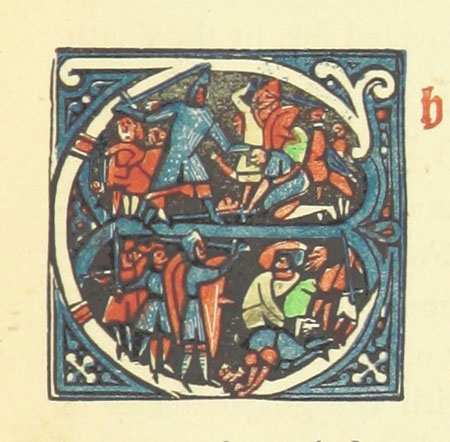The 1000 Journals Project
I have always been fascinated by 1000 journals project. Browsing the website I enjoy the raw, unmediated creativity of it. Since the project started there has been a film made about it and a book produced. Today I thought I would share some links to this inspirational site Graphic designer Brian Singer who goes by the name “Someguy” purchased blank journals real, physical book kind of blank journals and released them into the world in the summer of 2000 in other words he gave them to friends, left them public places such as coffee shops, book stores,libraries, park benches.The project …



